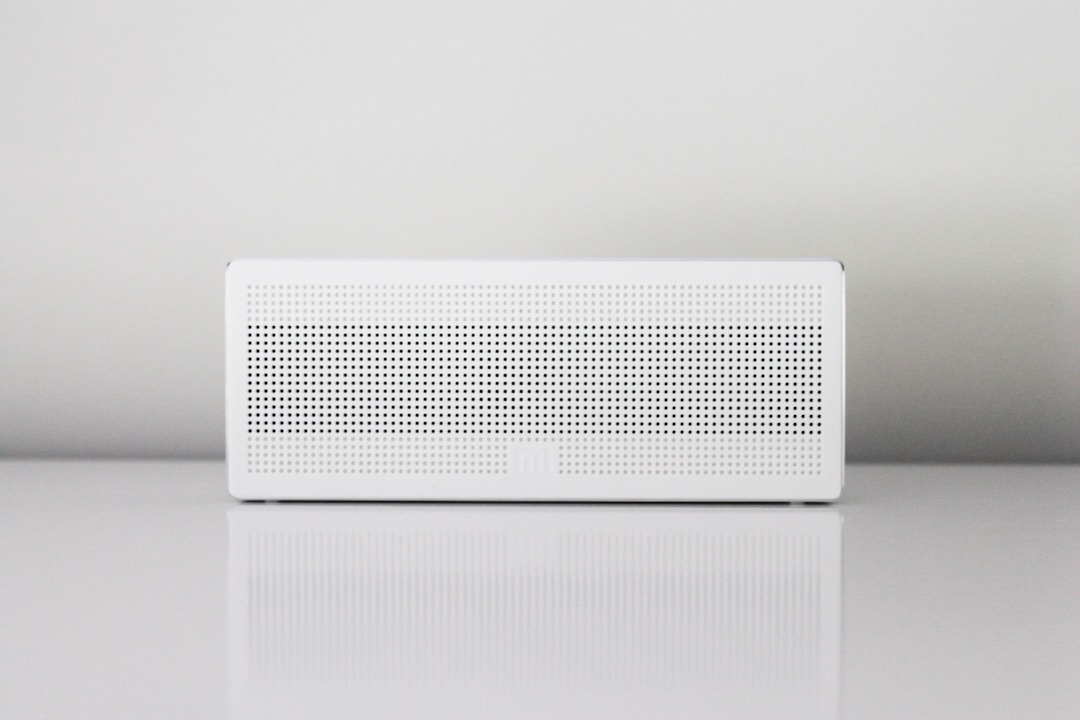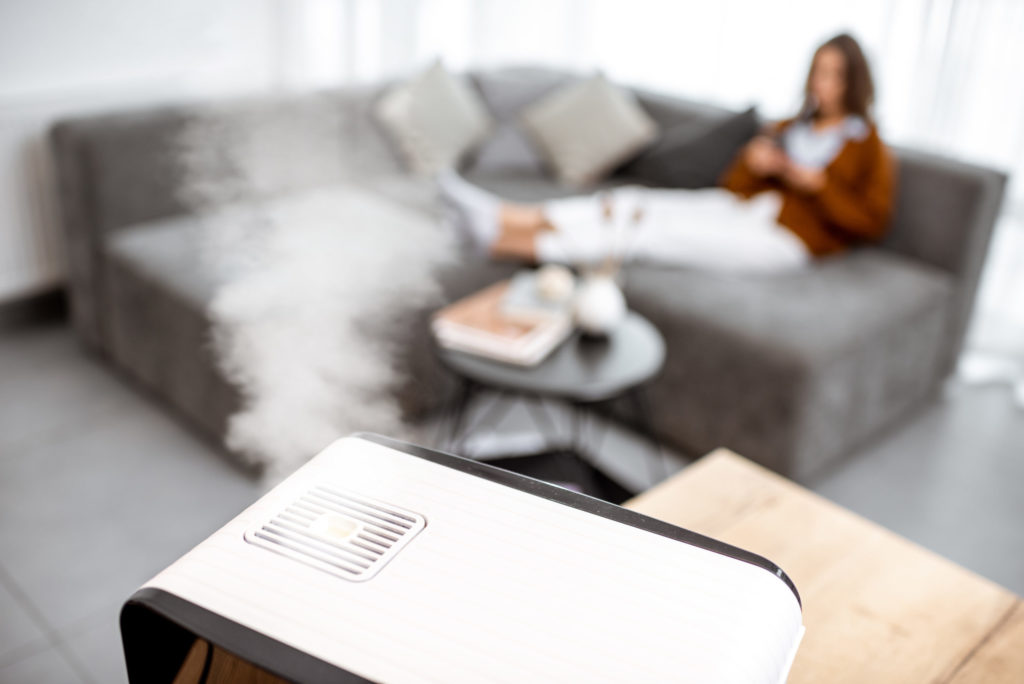Contrary to popular belief, air pollution can also occur inside. Indoor air may contain impurities such as pet dander, mold, dust mites, chemicals, gas fumes, and allergens. These pollutants can negatively impact your overall health and wellness. If you want to improve the air quality in your home, the below tips will help.
Test the air quality.

Homeowners are encouraged to test the air quality in their homes regularly. Testing indoor air quality is vital for ensuring a clean and healthy home environment. Poor air quality can cause severe symptoms, especially for allergy sufferers. Exposure to air pollutants can pose significant health risks, including respiratory infections, lung cancer, and heart disease. Keep in mind that the pollutants vary by location and weather. For example, Texas is home to the predominant species of mountain cedar. The U.S. state produces the heaviest amounts of pollen during the pollination period of mountain cedar trees. Mountain cedar, commonly known as Ashe Juniper, is a potent allergen.
Specifically, male juniper trees release pollen during the acclaimed cedar fever season. Studies show that pollen from the Mountain Cedar tree or Ashe Juniper tree causes cedar fever in central Texas. No wonder Texans are susceptible to contracting the dreaded cedar fever. Some common symptoms of cedar fever include sore throat, incessant sneezing, runny nose, watery eyes, facial discomfort, nasal blockage, and in rare cases a high fever (which might be triggered by a sinus infection, not the allergenic tree).
If you’re experiencing any allergies, don’t hesitate to speak to an allergist. You may decide to purchase an air quality monitor to test your home’s air quality. Fortunately, you can find quality products in a physical or an online store. Keep an eye out for signs and symptoms of common air impurities like mold, pet dander, and volatile organic compounds (VOCs). Alternatively, it would be best if you thought about hiring a professional to test the air quality.
Air your house properly.
Opening the windows throughout the day can significantly reduce the quantities of indoor airborne contaminants in your home.
It’s safe to say that you can reduce the pollutants in your home by replacing worn-out or broken windows. A good rule of thumb is to buy everything you need for your remodeling project at a home improvement store near you. For example, homeowners in Minneapolis should buy their kitchen windows in Minneapolis, Minnesota. That way, they can inspect the product before making the purchase.
Experts recommend leaving your window replacement for professionals, given their skill set and expertise. As a rule, choose a contractor that focuses on delivering quality products and professional work for their client. If you’re in Minneapolis and you’re looking to change a kitchen window, check out Mad City Windows. Besides installing new windows, Mad City also provides quality kitchen refacing services, and more.
Upgrade your HVAC air filter.

HVAC systems filter the air as it is circulated to reduce indoor airborne contaminants. But if the system is old, you might have dust particles or mold circulating instead. The system won’t function efficiently if it is dirty or overloaded. For this reason, upgrading the air filter in your HVAC system can help to improve indoor air quality. You might also want to install portable air cleaners or air purifiers to purify the indoor air.
There are different types of HVAC air filters. Experts recommend using a HEPA filter with your air conditioning or heating unit.
Consider purchasing standing HEPA filters for your air purifiers. Make a habit of cleaning and changing the HEPA filter in your air purifier or HVAC system often.






